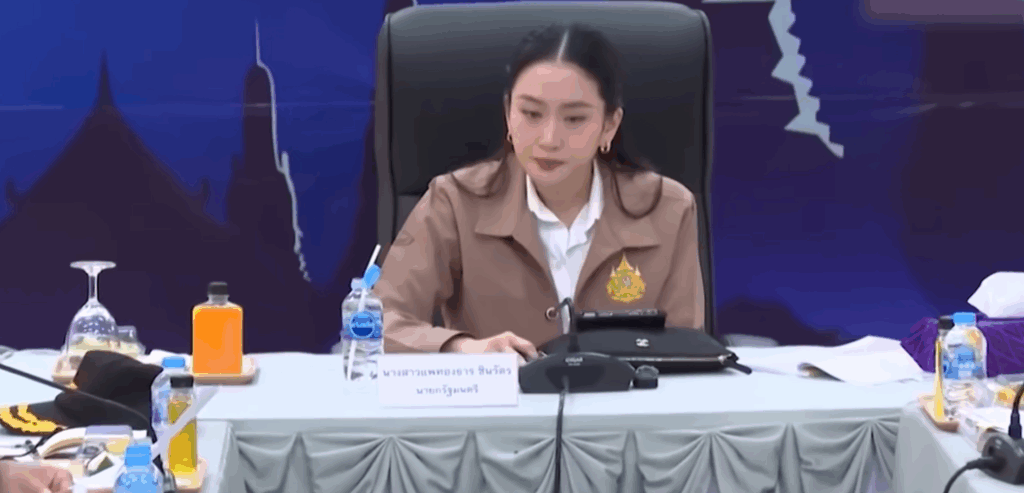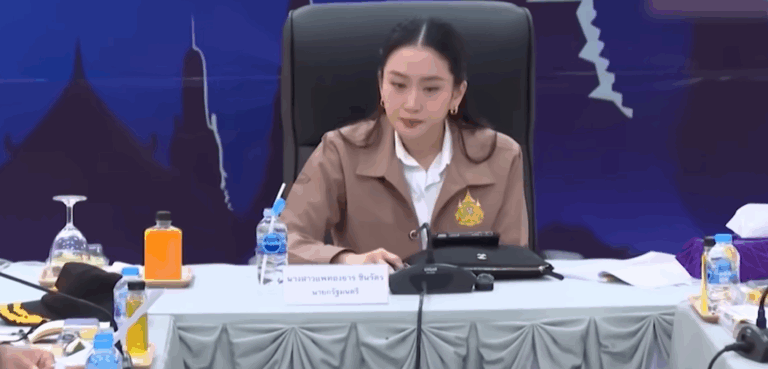Hun Sen – Profile Summary
| Attribute | Details |
|---|---|
| Full Name | Samdech Akka Moha Sena Padei Techo Hun Sen |
| Birth Name | Hun Bunal (later changed to Hun Nal, then Hun Sen) |
| Date of Birth | August 5, 1952 |
| Age | 72 |
| Nationality | Cambodian |
| Current Role | President of the Senate |
| Previous Office | Prime Minister of Cambodia (1985–1993, 1998–2023) |
| Political Party | Cambodian People’s Party (CPP) |
| Spouse | Bun Rany |
| Children | 6 (including Hun Manet, Hun Manith, Hun Many) |
| Military Rank | General of the Army |
| Estimated Net Worth | $500 million to $4 billion (unverified range) |
| Reference | https://www.padmagazine.co.uk/celebrities/hun-sen-net-worth-2025 |
Hun Sen’s financial profile reads more like the plot of a political drama with dynastic ambition, devious maneuvering, and generational wealth accumulation than it does like the ledger of a typical public servant. According to official records, the former prime minister of Cambodia made less than $1,200 per month. Off the record, however, and supported by investigative reports, the collective empire of his family points to a very different story.
Hun Sen’s family owned at least 114 registered Cambodian businesses with a combined estimated value of over $200 million, according to a particularly shocking report called Hostile Takeover, which was released by Global Witness back in 2016. International investments and offshore assets are not even included in that amount. The family’s estimated wealth rises to between $500 million and $4 billion when foreign properties and corporate holdings in Singapore, the UK, and Australia are taken into account. To be honest, their network of influence is incredibly successful at obscuring their financial footprint.
Hun Sen has been seen wearing expensive watches during public appearances, such as the Patek Philippe Grandmaster Chime 5175, which costs almost $2.7 million, and the Richard Mille RM57-05 Tourbillon Eagle, which costs over $1.2 million. Despite their elegance and fine craftsmanship, these objects have a deeper function. They are clear indicators of wealth, especially in a country where a large portion of the population makes only a living wage.
Hun Sen placed his kids in strategically important sectors through well-planned placements. His wife, Bun Rany, has served as the head of the Cambodian Red Cross, a position that is both strategically and symbolically important. His daughter, Hun Mana, also owns significant stock in a number of radio and television stations. By managing the story and the storytellers, these positions support the upkeep of a centralized narrative. This communication channel control has been very effective in projecting a unified image and quickly stifling criticism.
Hun Sen essentially extended the dynasty rather than ending his power when he handed the reins to his son Hun Manet after stepping down in 2023. Many people believe that his move from prime minister to Senate president was more of a strategic realignment than a retirement. He still steers policy from behind the scenes in this new position, guaranteeing continuity in his family’s financial security as well as political messaging.
Notably, the Hun family owns more than just local businesses. A Reuters investigation revealed shell corporations connected to family members and allies as well as luxury real estate overseas, illustrating the surprisingly widespread financial migration among Southeast Asia’s long-standing political elites. These actions are reminiscent of tactics employed by other influential people, such as Taib Mahmud of Malaysia, whose family’s fortune has been similarly examined and valued in the billions.

As images of the Hun family’s lavish banquets, first-class travel, and designer wardrobes go viral online, public annoyance has increased. The daily lives of Cambodians, who continue to struggle with housing, healthcare, and education, are very different from these images. These differences have been greatly exacerbated by social media, which functions as a digital magnifying glass. Among younger, tech-savvy generations, the optics of wealth during times of widespread hardship have become especially contentious, causing emotional and political tension.
The family’s hold on institutional power is remarkably resilient in spite of these appearances. Even economic growth hasn’t made people less critical. Although industries like tourism and textiles have grown in Cambodia, the distribution of benefits has been significantly skewed toward elites with political connections. Forcible land evictions brought on by development projects have frequently left rural families without recourse or compensation. These incidents bring up significant issues regarding the relationship between personal profit and economic planning.
Hun Sen’s style of governance has become remarkably similar to corporate dynasty building over the last ten years. Through family entrenchment, strategic appointments, and opaque financial flows, political power and economic privilege have become intertwined, making transparency nearly impossible. The goal is to create an ecosystem that maintains wealth and legacy outside of election cycles, not just to hold office.
Voices are beginning to question this concentrated structure even on a global scale. Governments and organizations have called for a closer examination of assets associated with authoritarians, particularly under laws like the Global Magnitsky Act. However, there haven’t been many noticeable effects. One of the biggest gaps in global governance is still the absence of financial accountability. Legal loopholes and diplomatic hesitancies have frequently undermined transparency efforts, leaving critics largely helpless.
Nevertheless, Hun Sen’s financial tale offers a more general lesson. His transformation from Khmer Rouge soldier to billionaire statesman is a remarkable illustration of how, if allowed to continue, power can amass significant wealth in addition to political influence. He has created an admired and feared legacy by using institutional access and familial loyalty. Despite its controversy, his strategy’s tenacity serves as an example of how influence can be fostered, safeguarded, and inherited.


